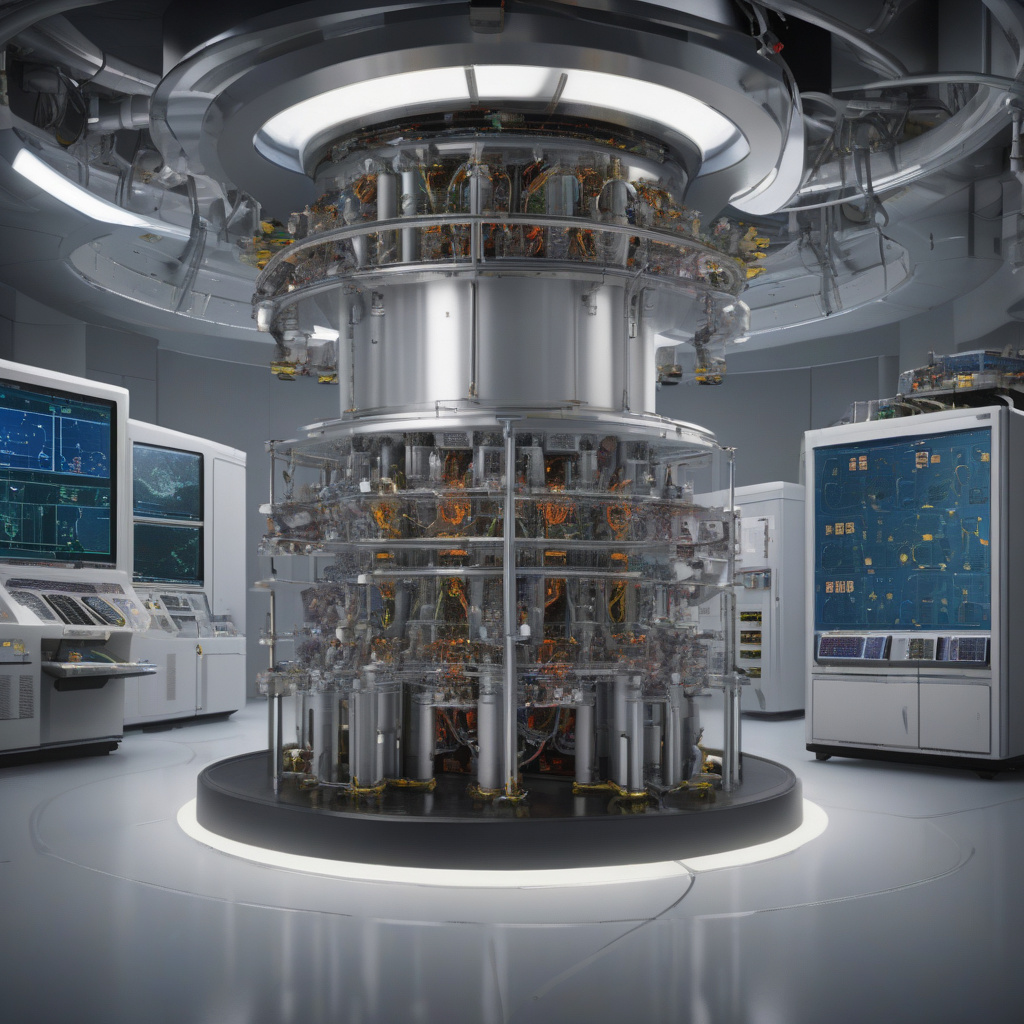US Supercomputer Unlocks Nuclear Salt Reactor Secrets with Quantum Accuracy
Oak Ridge National Laboratory scientists have used artificial intelligence to predict the behavior of molten salt in a nuclear reactor accurately. This breakthrough was made possible through the utilization of Summit, the United States’ most powerful supercomputer. The implications of this achievement are far-reaching, with potential advancements in nuclear energy technology that could revolutionize the industry.
The molten salt reactor design is not a new concept, but its widespread implementation has been hindered by technical challenges and the lack of a comprehensive understanding of its behavior. By leveraging the computational power of Summit, researchers were able to simulate the complex interactions within the reactor with unprecedented accuracy. This level of precision is crucial for optimizing the reactor’s performance and ensuring its safety.
One of the key advantages of molten salt reactors is their ability to operate at higher temperatures than conventional water-cooled reactors. This results in increased efficiency and lower operating costs. However, the corrosive nature of molten salt poses a significant challenge for the materials used in the reactor. Understanding how different materials will withstand the harsh conditions inside the reactor is essential for its long-term viability.
Through the use of artificial intelligence algorithms, scientists were able to model the behavior of molten salt at the quantum level. This level of detail provided insights into how the salt interacts with different materials, allowing researchers to identify the most suitable candidates for reactor components. By predicting potential failure points in advance, engineers can design more robust and durable reactor systems.
Furthermore, the ability to simulate the reactor’s behavior under various operating conditions enables researchers to optimize its performance. By fine-tuning parameters such as temperature, pressure, and flow rates, scientists can maximize energy output while minimizing the risk of accidents. This level of control is unprecedented in nuclear reactor design and sets the stage for a new era of safe and efficient energy production.
The implications of this research extend beyond the field of nuclear energy. The computational techniques developed by Oak Ridge National Laboratory can be applied to a wide range of scientific disciplines, from materials science to drug discovery. The synergy between artificial intelligence and high-performance computing opens up new possibilities for innovation and discovery.
As the demand for clean and sustainable energy sources continues to grow, the development of advanced nuclear technologies becomes increasingly important. Molten salt reactors offer a promising alternative to traditional nuclear power plants, with the potential for higher efficiency, lower costs, and reduced environmental impact. By harnessing the power of supercomputing and artificial intelligence, researchers are unlocking the secrets of these innovative reactors and paving the way for a brighter energy future.
In conclusion, the use of Summit, the US supercomputer, to simulate the behavior of molten salt in nuclear reactors represents a significant milestone in the advancement of nuclear energy technology. By combining artificial intelligence with high-performance computing, researchers have gained unprecedented insights into the complex interactions within the reactor. This breakthrough not only enhances our understanding of molten salt reactors but also paves the way for safer, more efficient, and more sustainable nuclear energy production.
#USsupercomputer, #nuclearreactor, #moltenSalt, #AIresearch, #energyinnovation











